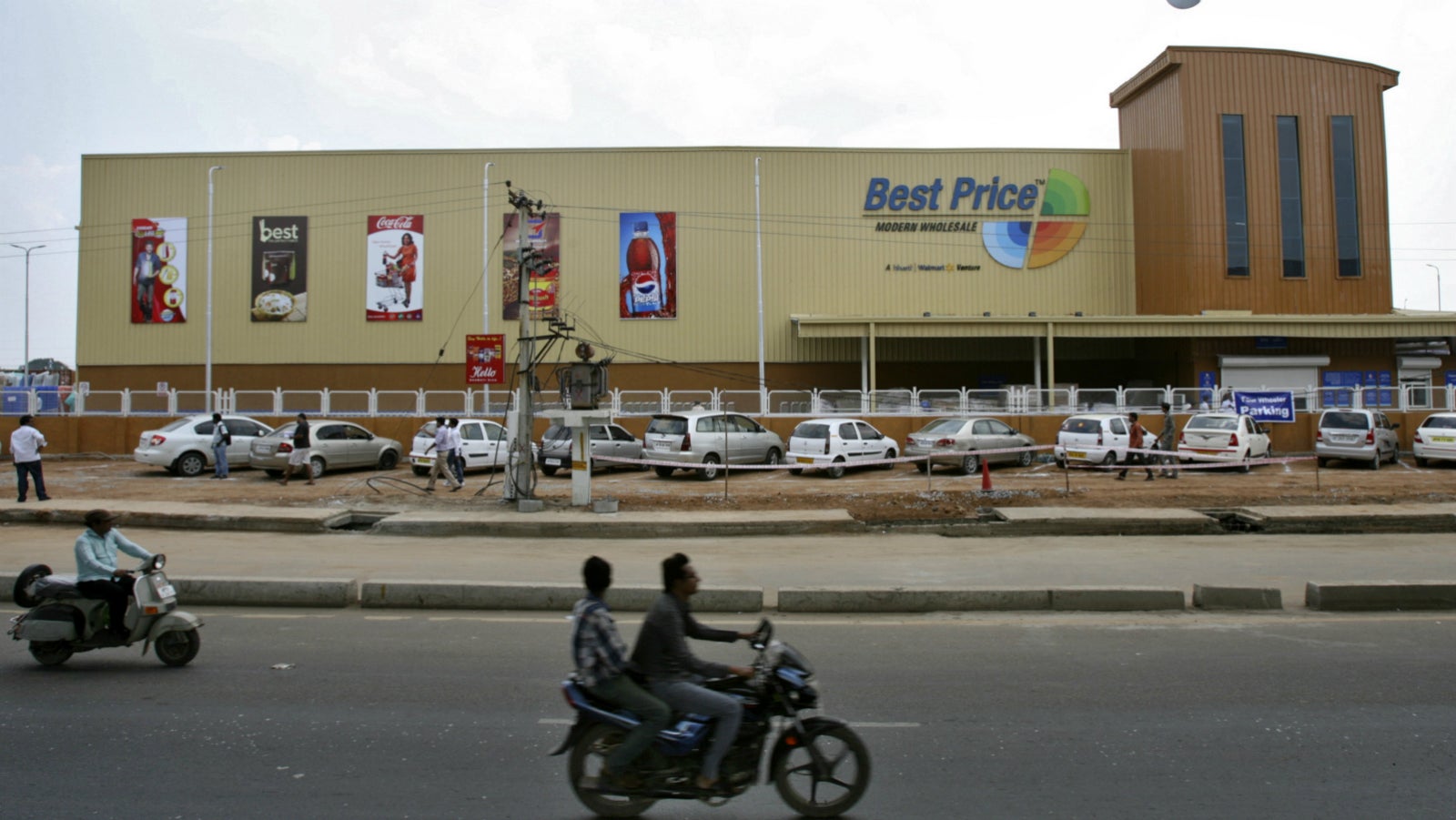After a bumpy ride, motorcycle sales are back on smooth roads
India’s motorcycle makers are having a good time in 2018.


India’s motorcycle makers are having a good time in 2018.
After struggling since 2016 due to adverse government policies and weak monsoons, sales in the segment have picked up momentum since January this year.
In April-June 2018, motorcycle sales grew 19.47%, compared to 3.44% a year ago, according to data published by the Society of Indian Automobile Manufacturers (SIAM). In 2017-18, the Indian automobile industry sold about 20 million units of two-wheelers.
The numbers posted by major two-wheeler companies for the quarter ended June reflect this story. Market leader Hero MotoCorp posted a 13% year-on-year growth in June 2018. Honda Motorcycle Scooter India’s figure stood at about 28% during the same period.
“Rural India is fortunately getting good money which is reflected in the data on two-wheeler sales,” said Puneet Gupta, associate director with global information provider IHS Markit.
Change in scenario
Two-wheelers, a preferred mode of transport in both rural and urban India, had struggled since 2016 due to a combination of factors. Motorcycles contributed about 62% of the total two-wheeler sales in India, according to the SIAM data.
The reasons for the industry’s poor performance included consecutive years of a weak monsoon, which resulted in agricultural distress and lower rural income levels, and the November 2016 demonetisation which crippled the cash economy. The introduction of the disruptive goods and services tax (GST) in July 2017, too, added to the woes as the country limped towards a whole new tax system.
The first major shock to the automobile industry was provided by demonetisation in November 2016, which slowed down sales. Being a cash-dependent segment, two-wheeler demand took a beating in the rural areas. And before the sector could overcome the setback, the introduction of GST and the transitional woes again clamped down on sales.
However, this year, a good crop season has brought with it much-needed cheer for the segment. There are other factors, too.
“Government spending on rural infrastructure and a rural-focused budget in 2018 have given a much-needed boom to the rural sector,” said Gupta of IHS Markit. For instance, the prime minister’s rural housing scheme intends to complete 10 million houses by Dec. 31.
Then there is also the good crop season which has also put more money in the rural ecosystem, which made an impact on the sales of two-wheelers, said Darshini Kansara, analyst with Care Ratings.
Rural India also seems to have left the woes of demonetisation and GST behind by now. “Demand is again catching up in smaller districts which have helped businesses that cater to the lower pyramid, and all this together have given a boost to the two-wheeler segment,” Gupta said.
The exception
Interestingly, the SIAM data show that scooters haven’t been part of this revival—in fact their sales have witnessed a sudden fall in the last couple of months.
For April-June 2018, scooters clocked a growth of 12.63% compared to 20.06% a year ago.
The segment had been growing at almost twice the rate of motorcycles since 2016, mainly due to multiple product launches in a short span.
“Both Honda and Hero were focusing a lot on new products in scooters. But in the last couple of months, launches slowed down because of a shift in focus on electric vehicle models for two-wheelers, which has also slowed down sales of scooters,” said Gupta.